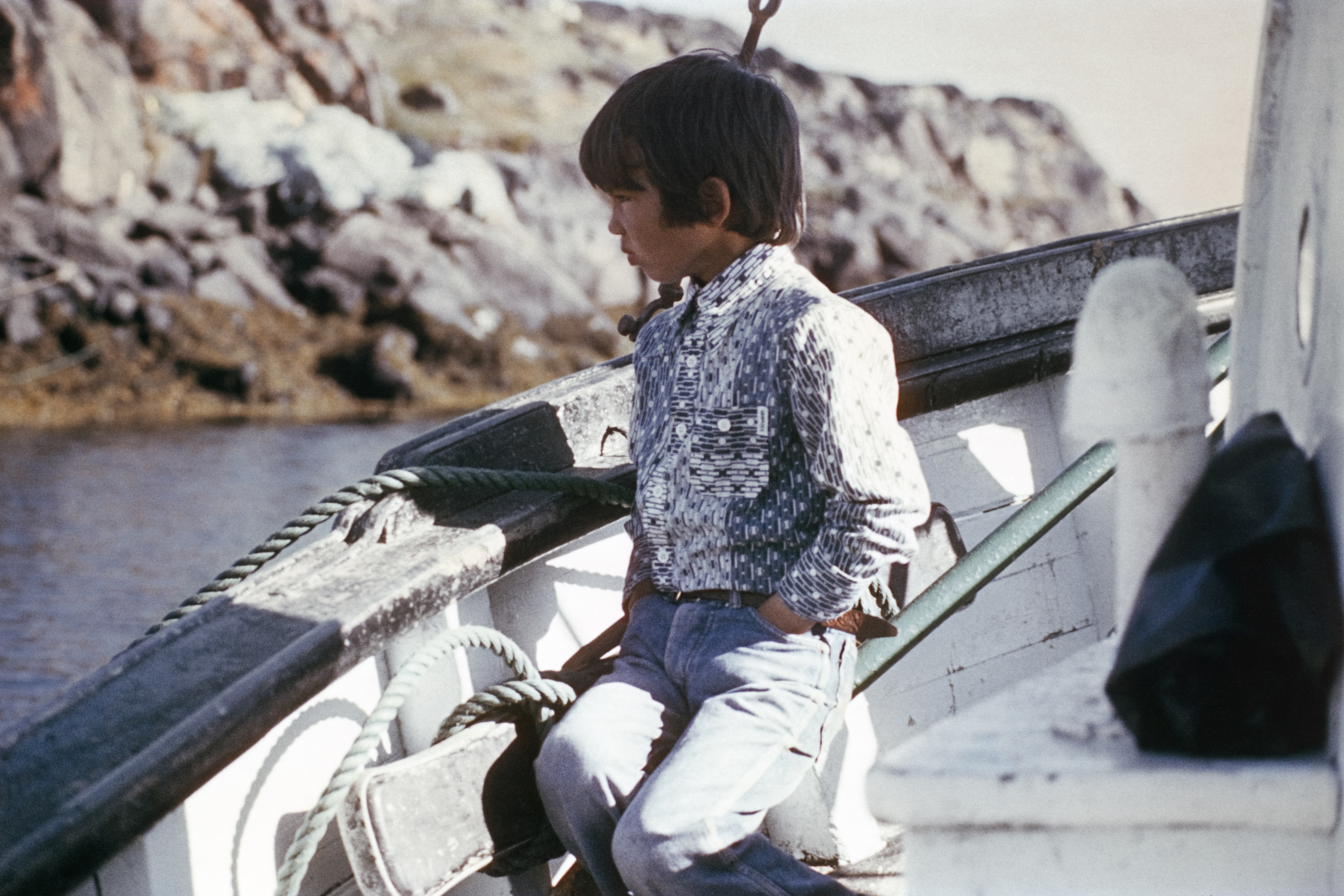From the series Porcelain Souls © Inuuteq Storch. All images courtesy the artists
In the main Foreigners Everywhere exhibition and around Venice, photography fulfils an earnest documentary function
How useful is it to focus on a single art form at an exhibition as sprawling and dense as the Venice Biennale? For the painting, drawing and sculpture that tend to dominate the main exhibition, not very. The variety within these categories means a media-specific approach barely narrows the field of analysis (from several hundred works to perhaps a hundred each, if you include the Biennale’s collateral events and national pavilions). And with a theme as political as Stranieri Ovunque – Foreigners Everywhere, the suggestion that artists are included because of their chosen media – rather than their country of origin, race, ethnicity, or migration status – risks misinterpreting curator Adriano Pedrosa’s project, especially with his three large sections devoted to modernisms of the Global South.
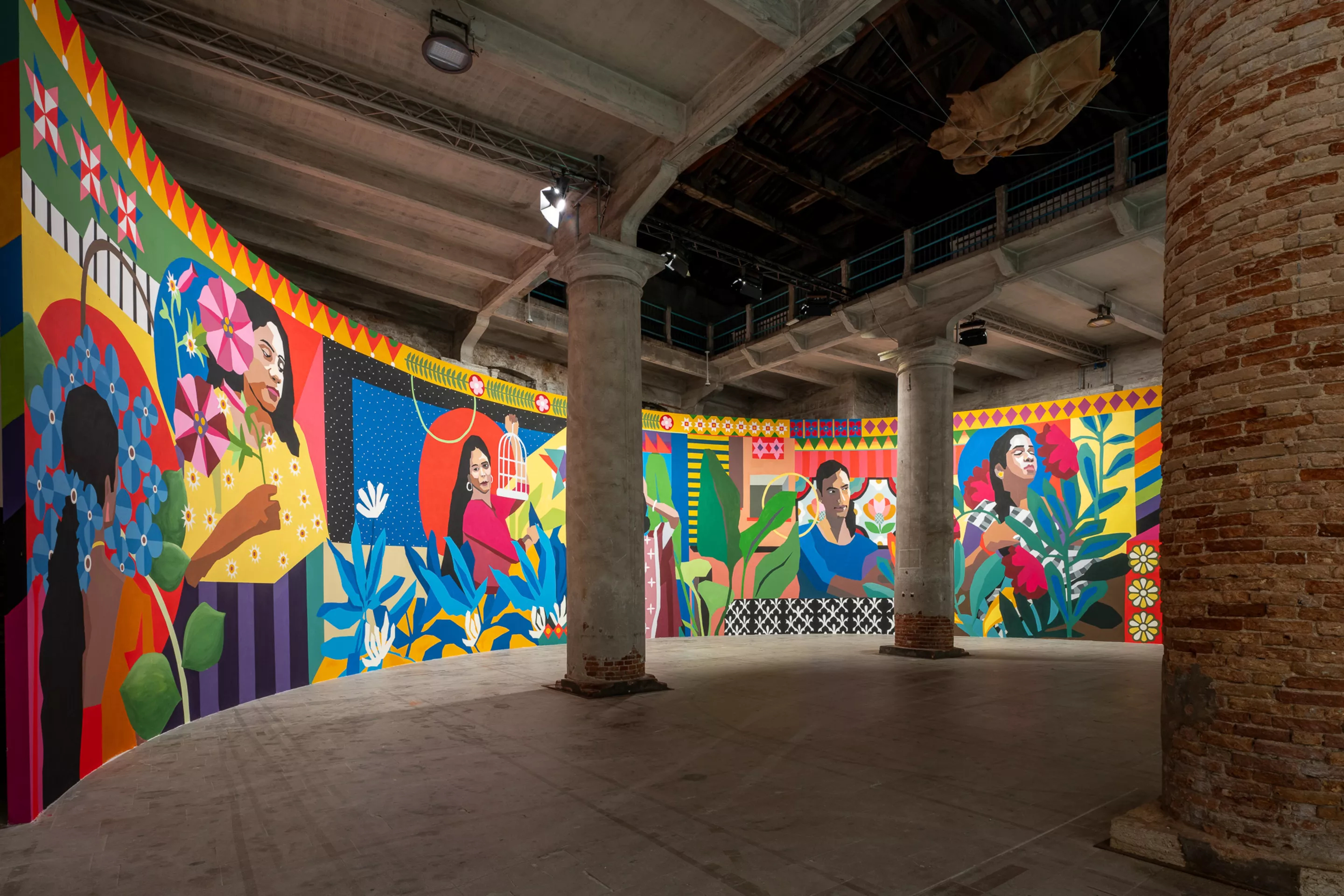
Photography, though, is different. First, because of its only partial adoption into the international art world of which the Venice Biennale is the centrepiece. Only a few photographers ‘cross over’, after which they tend to be seen as safe bets for themed exhibitions, especially 20th-century figures who have entered the art market. You know their names already: Robert Mapplethorpe, Irving Penn and Cindy Sherman all feature in Breasts this year, a non-affiliated exhibition made with an Italian medical non-profit. There’s also a massive Helmut Newton retrospective, again separate from the Biennale. And on the waterfront, Peter Hujar’s Portraits in Life and Death – bodies in Palerman catacombs mingling with later portraits of Fran Lebowitz, William Burroughs and Susan Sontag – offers beautifully restrained escapism at Chiesa di Santa Maria della Pietà.
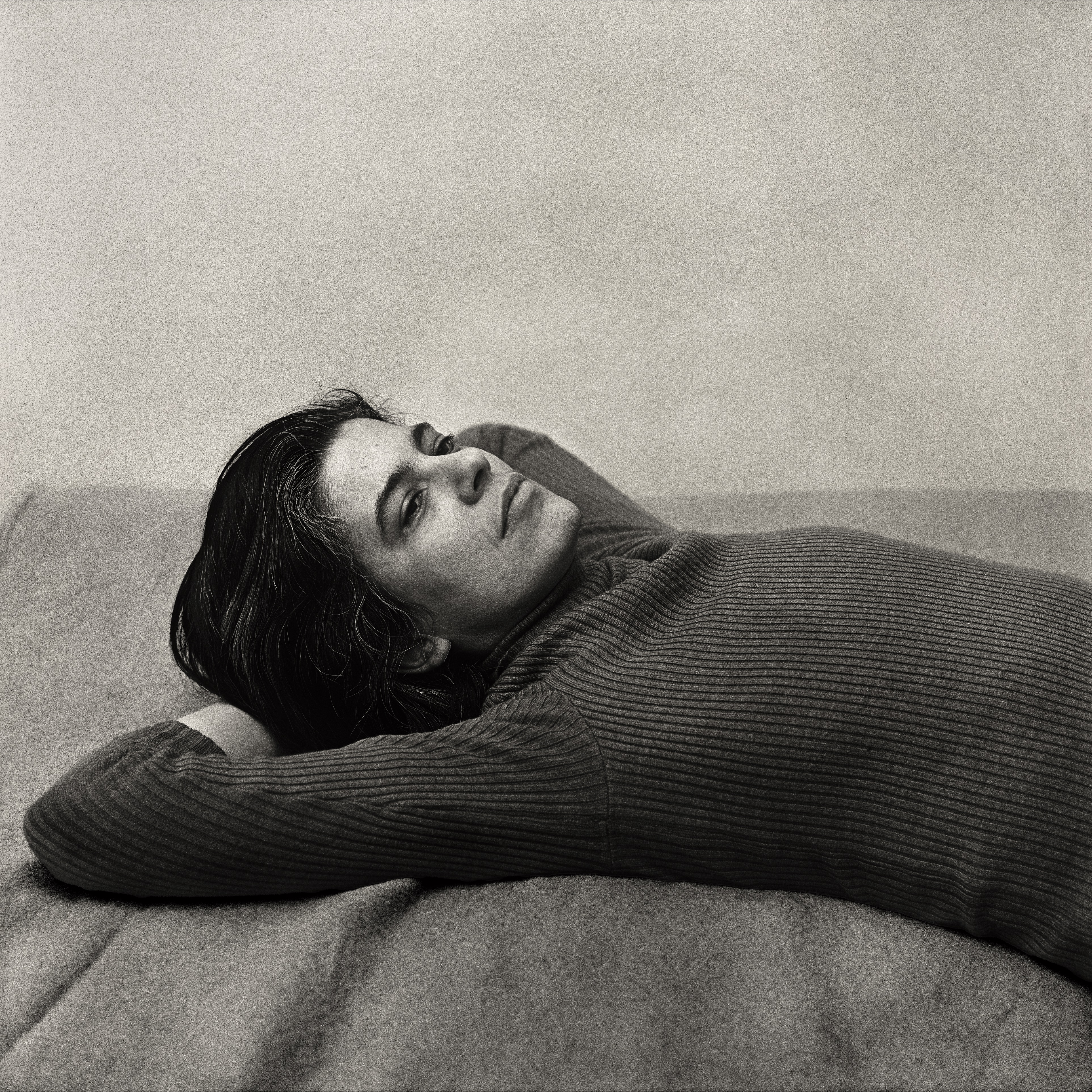
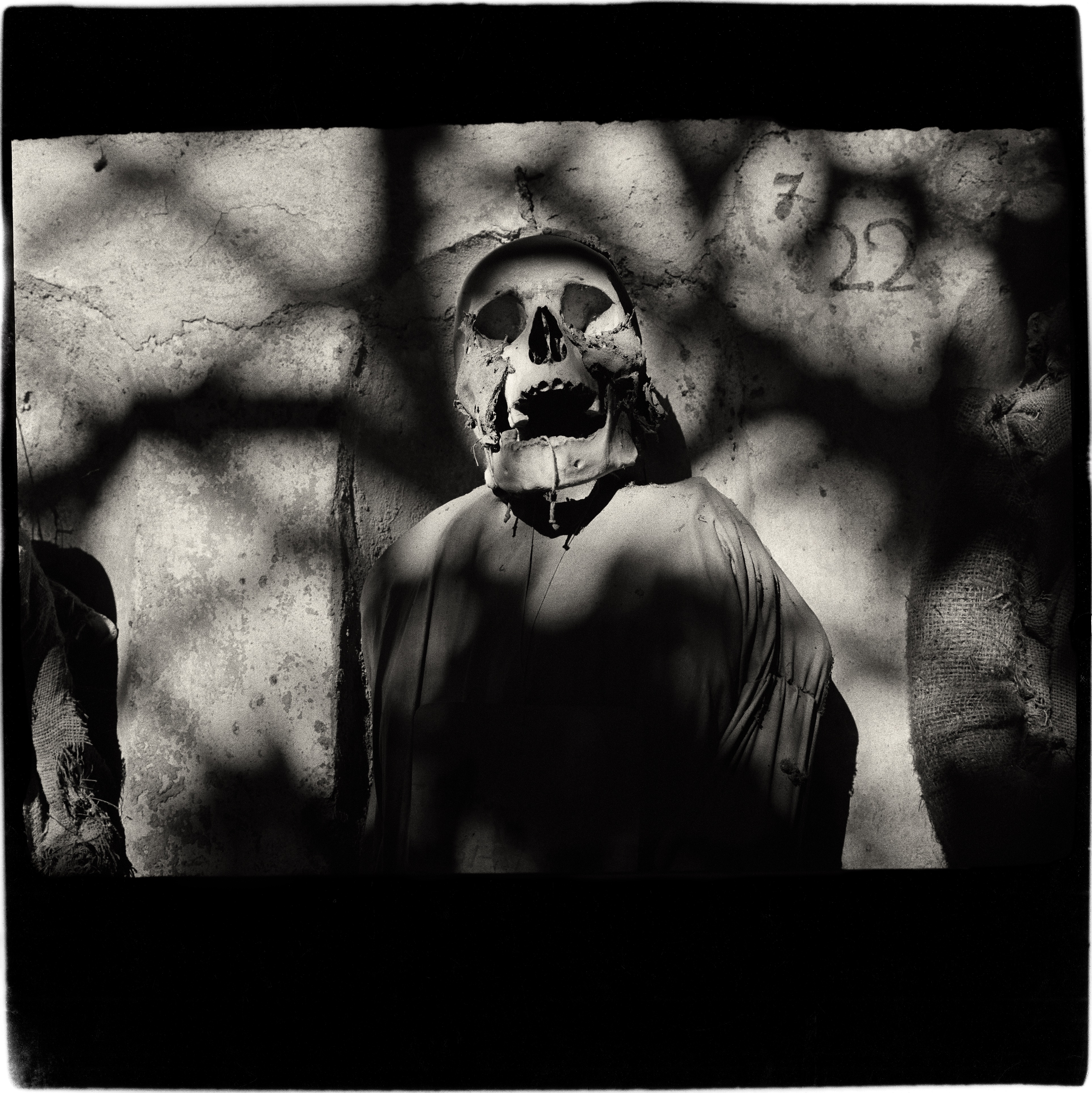
Secondly, the perceived ‘truthfulness’ of documentary photography and photojournalism means that when images are deployed, it tends to serve Pedrosa’s testimonial interpretation of the Foreigners Everywhere theme – that is, to translate overlooked, often postcolonial experiences to audiences through participatory or archival practices, rather than the celebratory, imaginative ways in which painting is featured. (Aravani Art Project’s vast mural is one of the abiding images of this year’s Biennale, while modernist paintings by the likes of Eduardo Terrazas also soar). Foreigners Everywhere is proudly successful in reminding us that artists from the Global South have been painting, weaving and drawing outside of western art historical norms for generations, but when educative, historically-rooted narratives are needed, Pedrosa turns to the still and moving image.
The most significant example is Pablo Delano’s The Museum of the Old Colony, a rich archival installation exploring the US’s exploitation of Puerto Rico, which is given a whole room in Foreigners Everywhere. A dense hang of black-and-white images shows the brutality of the American military alongside the colonial and economic infantilisation of Puerto Ricans explained in a smart video of news coverage. Granting Puerto Rico statehood will make the population work-shy, the US’s right-wing media repeatedly suggest. “The installation’s title ironically references the complicity of museums and a US soft drink brand [Old Colony],” we’re told, a premise made physical by an administrative desk covered with newspapers, magazines and objects signalling the US’s presence. It’s a powerful piece which benefits from marrying documentary photographs with ephemera, rather than letting the images become a storyboarded history lesson. Nearby, Turkish artist Nil Yalter’s long-term project Exile is a Hard Job takes the same abundant approach to the image, pairing photographic posters with video documenting immigrant experiences, many gathered from Yalter’s activist research with former prisoners in the 1970s and 1980s.
“At a Biennale where the celebration and representation of subaltern peoples take the place of any real anger, humour, or description of today’s violences towards them, sometimes it helps to be with work that you can’t just turn around and walk away from”
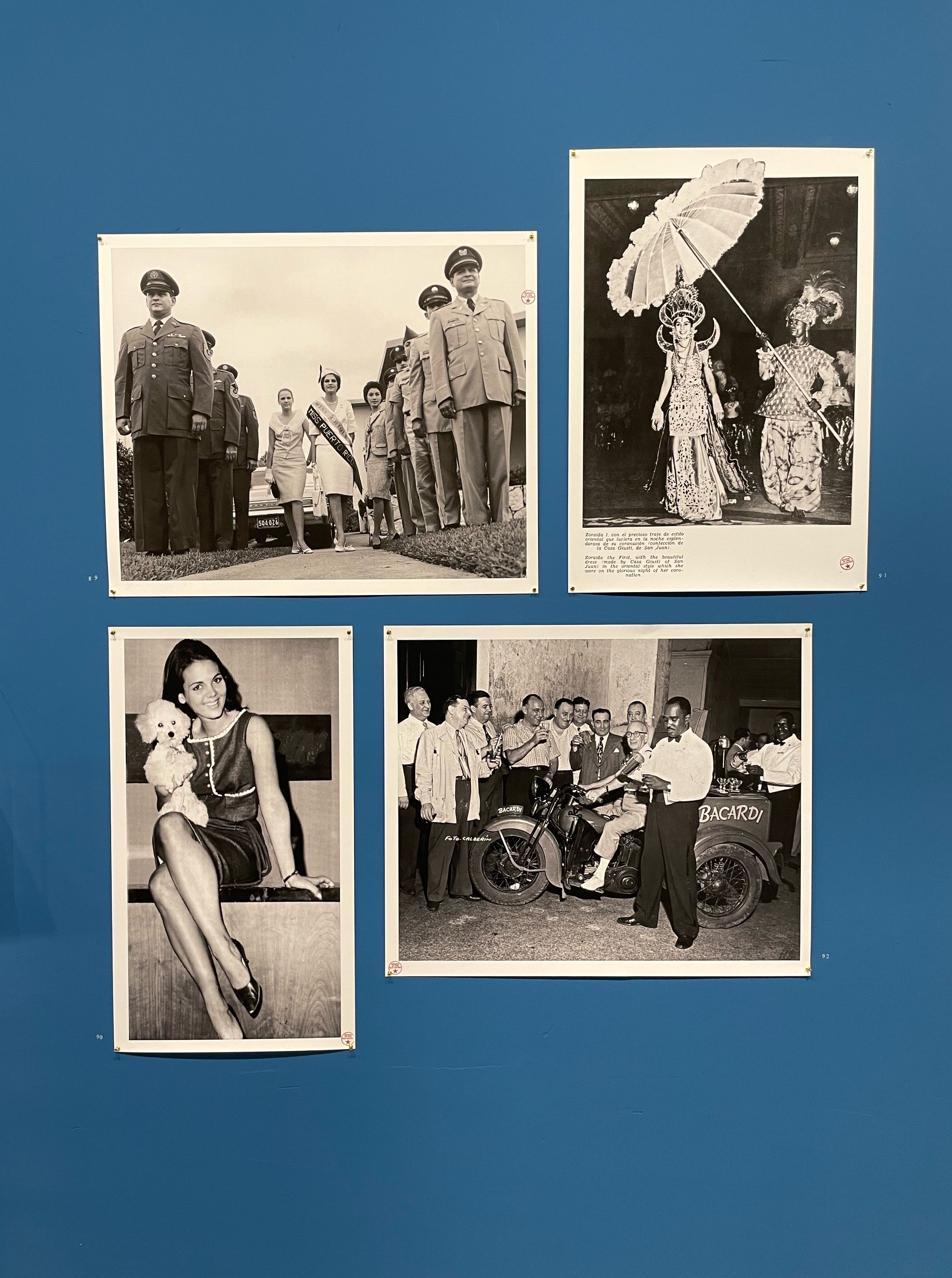
Pedrosa seems to have heeded what lens-based curators have long known: that taking prints out of frames or off the wall – and freeing video from separate mini-cinema rooms – lets images interact far more fruitfully with other media. Bouchra Khalili’s multi-channel video installation The Mapping Journey Project shows first-hand stories of migration and citizenship-less life, epitomising the confessional task that lens-based art performs in Foreigners Everywhere. The freestanding layout (which Pedrosa also uses to great effect with painting) sees the large screens in offset rows, emphasising the simultaneous narratives. For every trek across the Middle East, Africa and Europe, there are thousands more taking place in the Americas and Asia – and of course, those cut short by death or displacement and which are never recorded. Close by are Italian Tina Modotti’s portraits of the Mexican Revolution in the 1910s, where you can walk around the print to read the text on the back. Modotti, we’re told, is “capable of intersecting formalist photography with revolutionary politics” – a rare combination in a show which pays little attention to experimental image-making.
The Biennale’s national showcases tend to house the more forward-thinking pairings of image and object, with the Irish (Eimear Walshe), Singaporean (Robert Zhao Renhui), German (Robert Lippok, Nicole L’Huillier, Jan St. Werner, Michael Akstaller) and Egyptian (Wael Shawky) pavilions combining film and physical work. Instead of sitting and detachedly watching solely video, viewers are among and within the art. We sit beside Walshe’s earthen walls, made with Venetian clay recycled from the 2023 Venice Architecture Biennale; we feel the looming presence of Zhao’s towering stack of wood and bottles from Singapore’s Gillman Barracks, where his video of unseen animal activity was shot. Another mixed-media highlight is South West Bank, a separate Biennale exhibition featuring artists from Palestine (and allies) who use the olive tree as a longstanding motif of resistance. Photographic series from Adam Broomberg, Rafael Gonzalez, and Baha Hilo are supplemented with olive oil and wine made from harvests in Dar Jacir, the Bethlehem artist-run space. At a Biennale where the celebration and representation of subaltern peoples take the place of any real anger, humour, or description of today’s violences towards them, sometimes it helps to be with work that you can’t just turn around and walk away from.
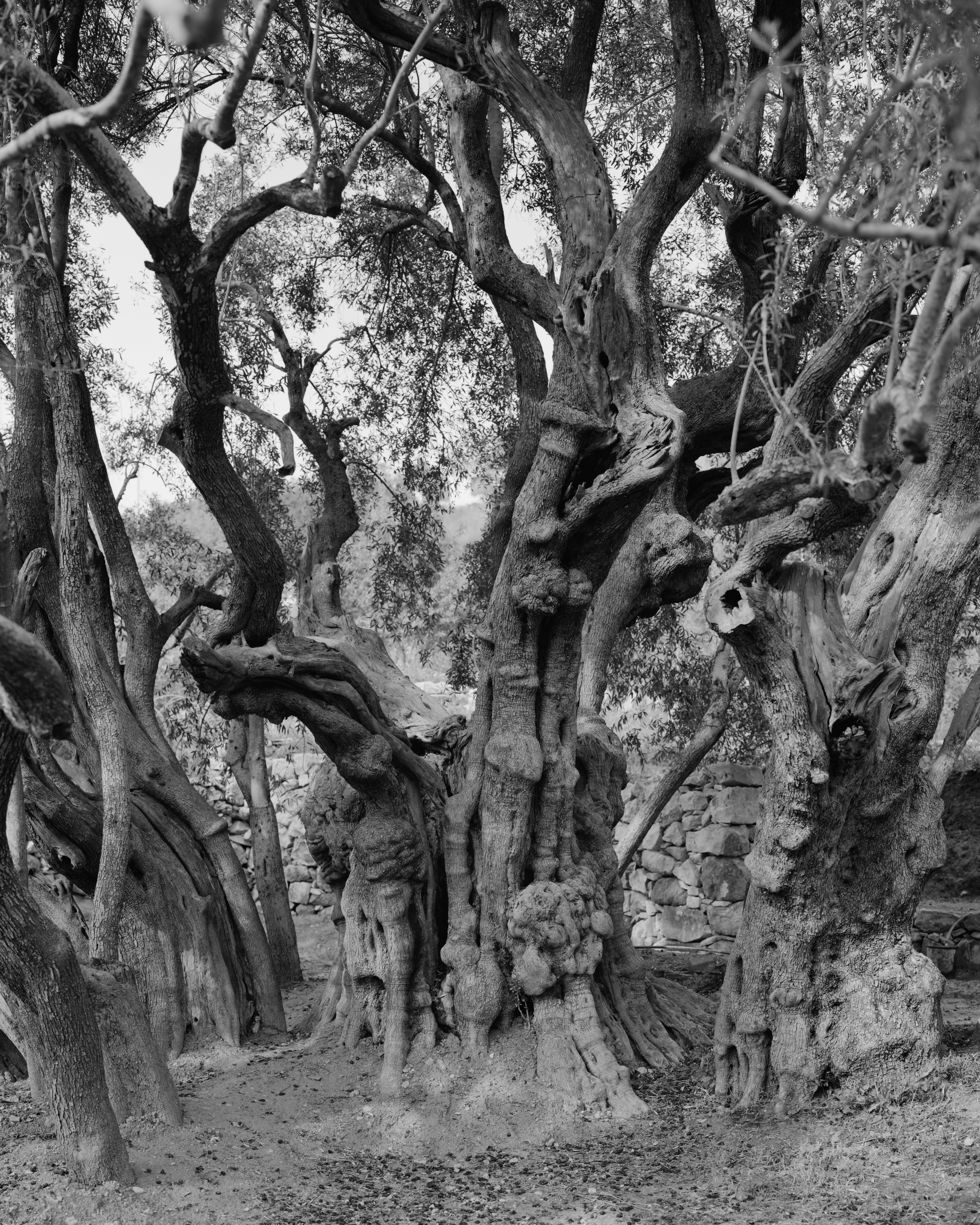
“Pedrosa seems to have heeded what lens-based curators have long known: that taking prints out of frames or off the wall – and freeing video from separate mini-cinema rooms – lets images interact far more fruitfully with other media”
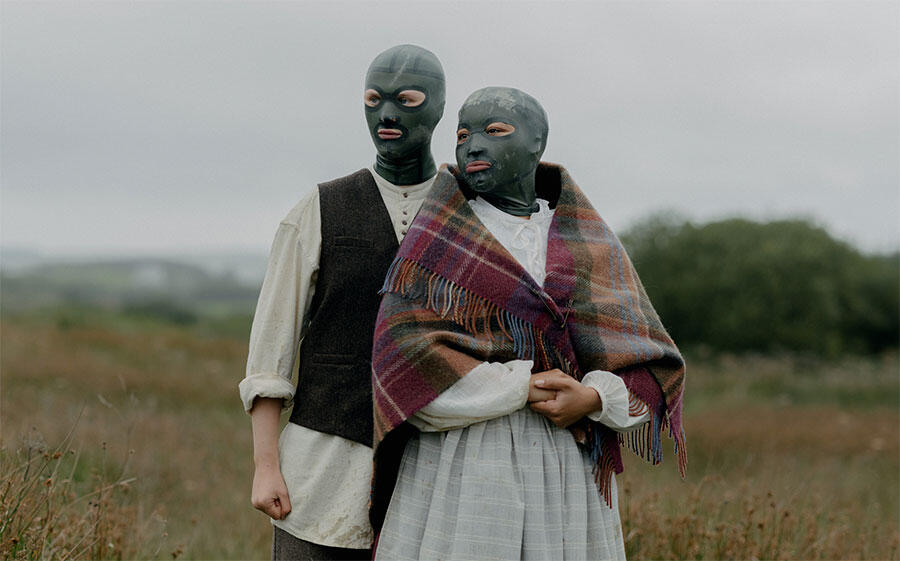
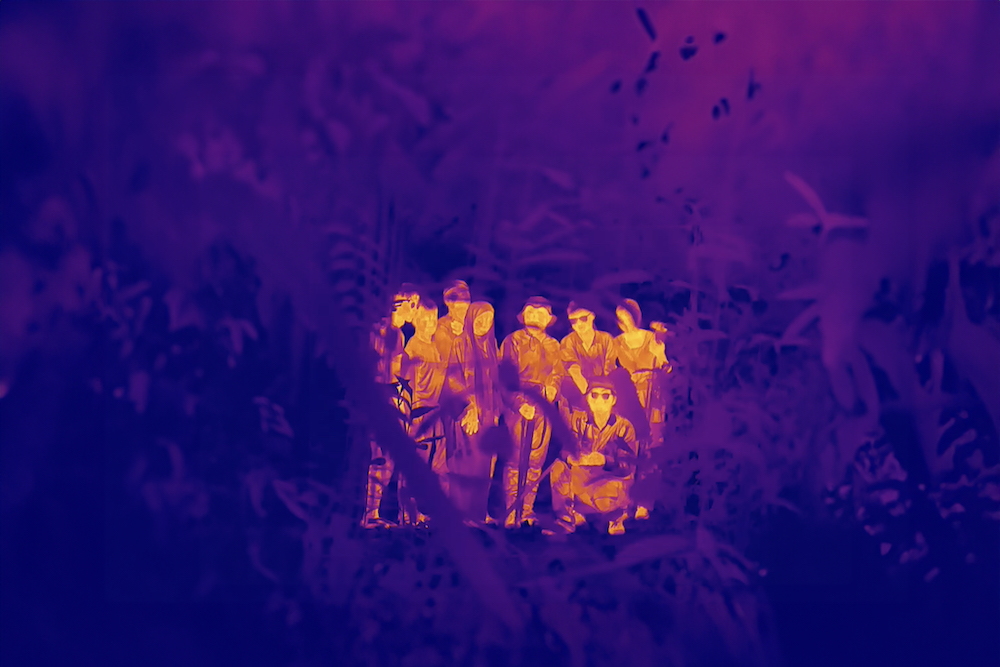
In the national pavilions, Inuuteq Storch’s Rise of the Sunken Sun is the photo highlight, transforming the Danish pavilion into homage to Kalaallit Nunaat (Greenlandic) identity. He combines his family archive with photo series exploring the colonial history between Denmark and his homeland – described as the child emerging from an oppressive family dynamic. The Necromancer works, made during the Covid-19 pandemic, are printed on transparent acrylic, creating a ‘looking through’ effect which destabilises the supposed authority of the image common around this year’s exhibition. There’s something Daidō Moriyama-esque about them. (Ndidi Dike’s photographs of Nigeria’s End SARS protests use a similar printing technique over at the Nigerian pavilion). A lovely line explains Storch’s choice of material: “The photographs appear to have been drawn with darkness rather than light,” he says. Devoting the whole pavilion to images means Storch can showcase a variety of forms. In Keepers of the Ocean, pictures of his friends growing up in Sisimiut glow with adolescent hope on a wall-mounted light box. They are displayed next to scanned glass negatives from Greenland’s national museum (some nearly 150-years-old), offering a visual archive of colonial expeditions and early research into Innuit culture.
Foreigners Everywhere features an uncharacteristically high number of dead artists for a Venice Biennale main show, so perhaps it is natural for the historical impulse to be strong. Pedrosa’s twin interpretation remains true though: art is understood either as evidence for aesthetic capability and imagination away from the mainstream, or as a functionally accurate representation of a previously ignored experience. The curatorially fashionable terms of ‘imagined’ or ‘speculative futures’ are on show here – Yinka Shonibare’s Refugee Astronaut greets us at Foreigners Everywhere’s opening, for example – but photography is rarely allowed to communicate beyond its ability to document.
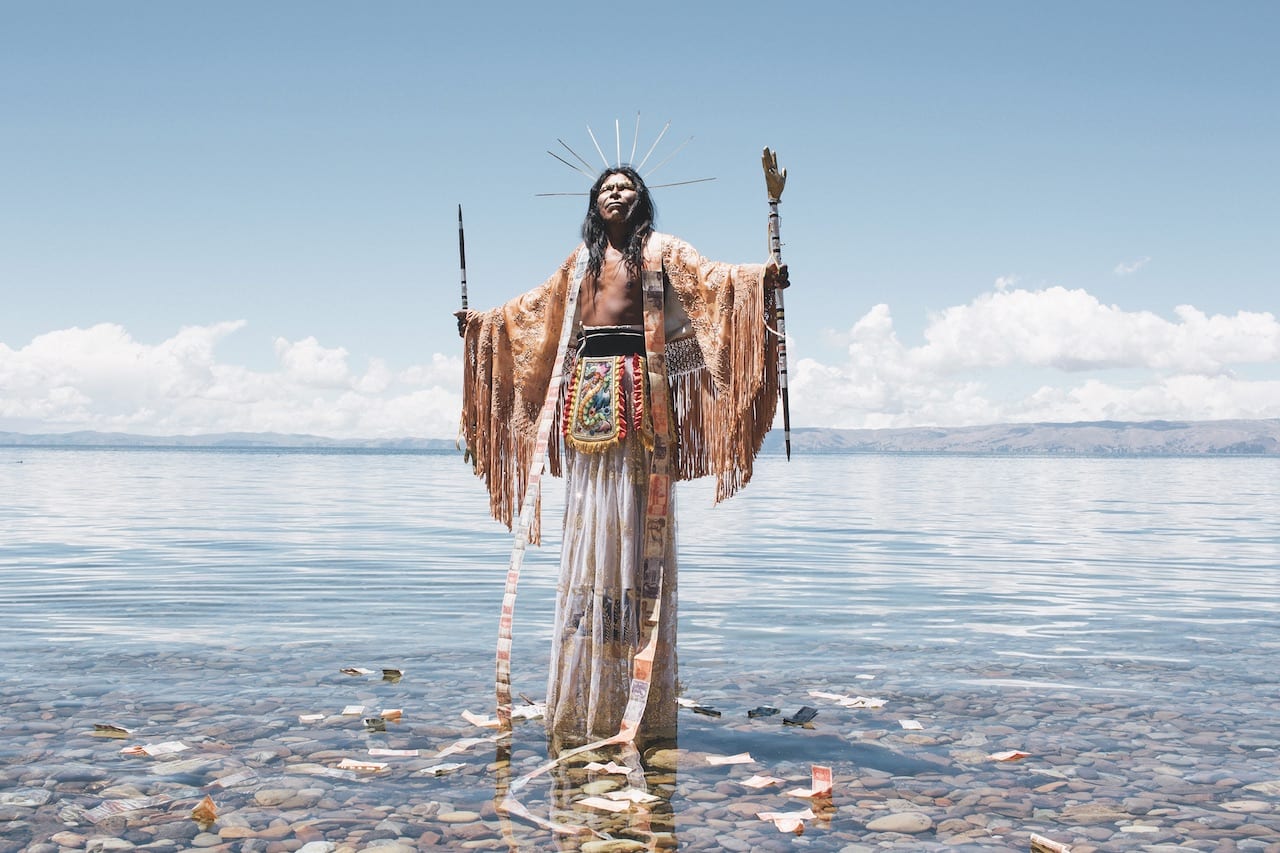
There are flashes of difference, of images as strange, non-linear, and sometimes fictional entities. A pairing of series by Dean Sameshima and Miguel Ángel Rojas, who both explore the sexual possibilities and encounters of movie theatres, is intimate away from the noise of the painting, a slower and more riskily satiating viewing experience. Sometimes giving only a partial, cloaked window into an underground community can be as captivating as full publicity. There’s also Sabelo Mlangeni’s Country Girls and River Claure’s Warawar Wawa, which depict South Africa’s rural gay communities and Andean mining groups respectively, but they feel somewhat consigned to their marginalised-subject premises. Claure specialises in docu-fiction, the wall text says. Why not include more lens-based artists who blur this line? Those who complicate the curatorial implication that photographic art is primarily for allowing a ‘seat at the table’ in Venice, a response to the call of diversity and inclusion’s now establishment-friendly slogans. Photography, as Duncan Wooldridge has written, can reveal something of the future as much as it informs us of the past. Politics and representation are photography’s main roles at this year’s Biennale. We are offered a narrow view of the medium, but we are given truth, and, on occasion, we are given beauty. In the end, those are not bad places to start.

